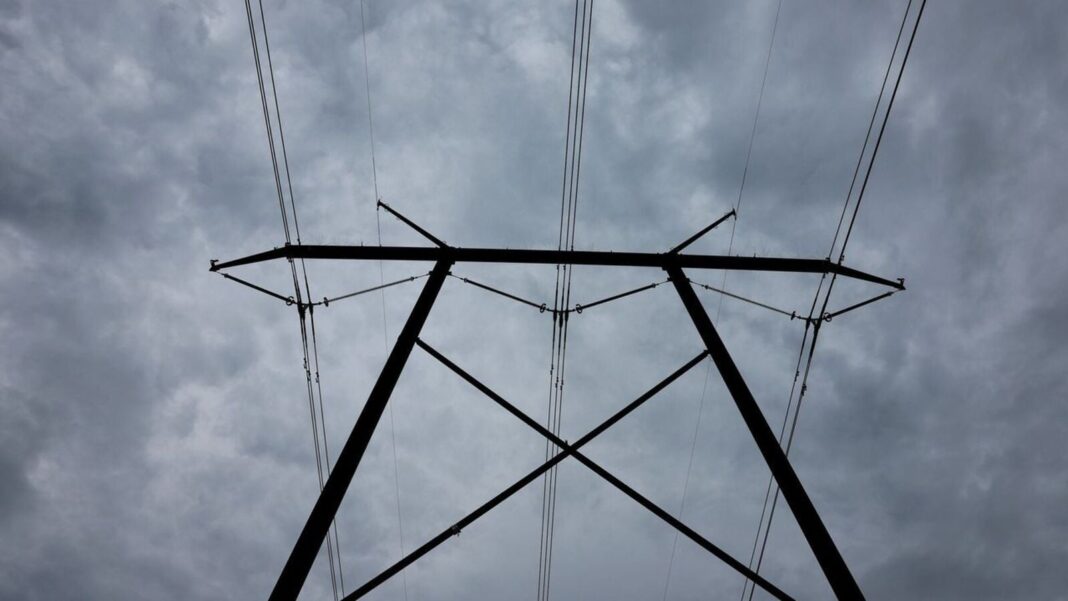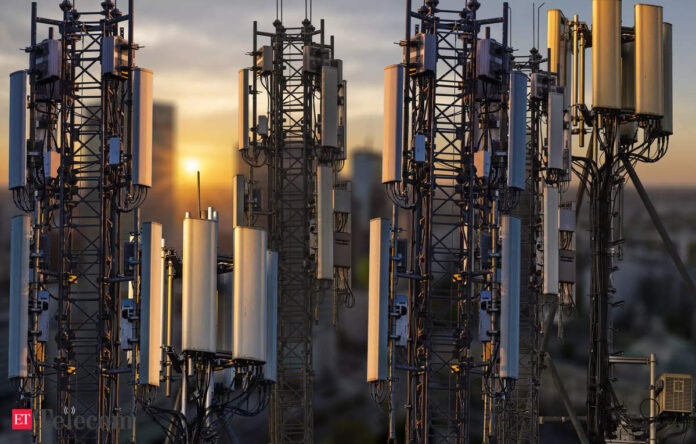In Short:
The Gujarat government is creating a new green energy transmission corridor to connect over 23 gigawatts of upcoming renewable energy projects to the national grid. This includes 15 GW in south Gujarat and 7 GW in the north. Plans also involve developing battery storage and generating green hydrogen for domestic and international markets, contributing to India’s goal of 500 GW renewable capacity by 2030.
Exciting Developments in Gujarat’s Green Energy Landscape!
MUMBAI: Big news for the renewable energy scene! The **Gujarat government** is gearing up to establish a new green energy transmission corridor. This ambitious project aims to connect the state’s upcoming mega projects, boasting over 23-gigawatts of capacity, directly to the national grid. This revelation comes from Arun Mahesh Babu, the managing director of **Gujarat Power Corp. Ltd (GPCL)**, in an interview with Mint.
Unlocking Potential in Renewable Energy
Babu shared that the state has identified a remarkable potential of **15GW** of renewable energy south of the world’s largest renewable energy park, the **30GW park at Khavda** in the **Kutch district**. Additionally, there’s another **7GW** potential in North Gujarat, close to the **Rajasthan border**.
The planned corridor will play a vital role in evacuating power from these new sites, ensuring that the electricity generated can be distributed efficiently to the national grid.
“A green energy corridor is in the planning phase,” he stated. “Discussions with the **Central Electricity Authority of India (CEA)** are ongoing.” The CEA is pivotal in advising various governmental bodies on power generation, transmission, and distribution.
It’s worth noting that while **India’s evacuation capacity** has struggled to keep up with the boom in renewable energy projects—creating some bottlenecks—Babu reassured investors during the **CII Green Hydrogen Summit** in Mumbai, saying that “evacuation will not be a challenge in Gujarat.”
A Vision for a Sustainable Future
The state’s vision doesn’t stop there. Plans are underway to develop a comprehensive renewable energy ecosystem, which will include **Battery Energy Storage Systems (BESS)**. The power harnessed from these projects will partially fuel Gujarat’s **1,600-kilometer coastline**, contributing to the generation of green hydrogen.
This green hydrogen is expected to be shipped from the state’s **42 ports** to consumption hubs both domestically and abroad, according to Babu.
India is ambitiously aiming for **500GW** of renewable energy capacity by 2030, with around **155GW** currently operational. Impressively, nearly **91GW** of that capacity comes from solar plants, according to data from the **Ministry of New and Renewable Energy (MNRE)**.
As of September 30, **Gujarat** is home to **29.5GW** of operational renewable energy capacity, making it a close contender with **Rajasthan**, which stands at **30GW**. Both states are leading the charge in renewable energy generation, thanks to abundant solar irradiance and access to affordable land.
Further Developments on the Horizon
Babu elaborated, “We identified the potential of **15GW** and **7GW** a year ago. Development is underway in phases at these parks, contributing to Gujarat’s target of **100GW** of renewable energy by 2030.”
Additionally, there’s exciting progress on another **700 megawatts (MW)** of solar capacity near **Tata Power Co. Ltd’s** existing **300MW plant** at **Dholera**, just outside Ahmedabad.
Aiming even higher, the Prime Minister’s home state is looking to develop **30GW** of wind energy capacity off the coast of **Bhavnagar** in the **Gulf of Khambhat**, although this initiative is still in its early phases.
“The Gujarat government’s initiative to create a new green energy transmission corridor can truly transform the renewable energy sector. We hope this inspires other states rich in green energy resources to follow in Gujarat’s footsteps by enhancing their power transmission infrastructure,” remarked **Shashank Sharma**, chairman and CEO of **Sunsure Energy**, an independent power producer.





